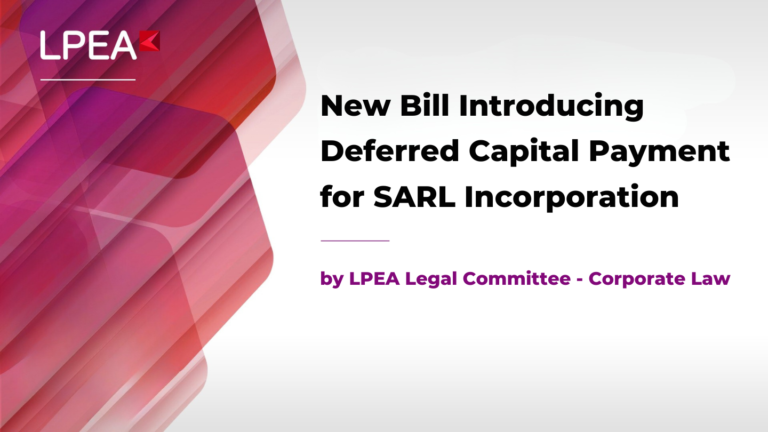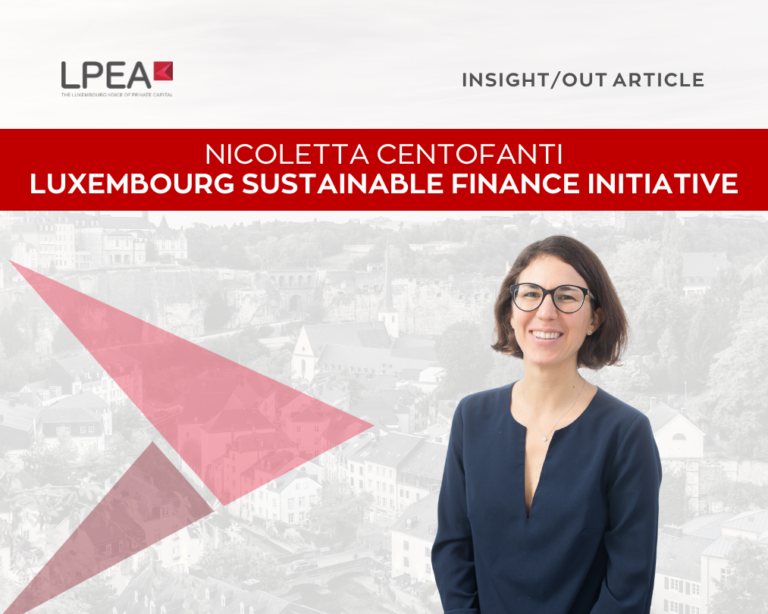By Miao Wang, Partner at A&O Shearman Luxembourg and Tiffany Toh, Partner at A&O Shearman Singapore
Parallel funds are investment vehicles that are structured to run concurrently, with one fund domiciled (for example) in Luxembourg and the other in a non-EU country. This arrangement allows fund managers to cater to a diverse investor base while capitalizing on the regulatory and operational advantages offered by different jurisdictions. Luxembourg, with its stable political environment, sophisticated financial services industry, and favorable regulatory framework, is a popular choice for fund managers (including Asian fund managers) seeking to establish a parallel fund domiciled in the EU.
Marketing Strategies
A key advantage of a Luxembourg parallel fund (being an alternative investment fund under the Alternative Investment Fund Managers Directive (AIFMD)) is that it allows the manager to pre-market and market the fund to professional investors across EU member states, whereas a non-EU parallel fund must navigate the regulatory environment of the specific EU country via its pre-marketing and/or national private placement regime (NPPR).
The fund manager would assess various considerations for marketing in the EU: pre-marketing and marketing a Luxembourg parallel fund can streamline the fundraising process, however this does not automatically allow potential EU investors to invest in the non-EU parallel fund. Meanwhile, registering the non-EU parallel fund under the applicable local pre-marketing rules or NPPRs can maximize the investor reach but will incur additional costs and regulatory hurdles. Hence in practice, if there is potentially strong investor demand from the EU, many managers would choose to structure a Luxembourg parallel fund upfront, while some managers who do not expect a significant EU investor base, depending on such investors’ jurisdictions, managers may tend to adopt a “wait-and-see” approach before considering a Luxembourg parallel fund.
Structural and Operational Considerations
When setting up parallel funds, it is crucial to ensure that both funds operate in harmony while complying with their respective regulatory environments, for example:
- Legal Structure: Ideally, both funds should have similar legal structures that allow for parallel operation. For instance, the Luxembourg fund might be set up as a special limited partnership, while the non-EU fund should be a comparable vehicle under its local laws (e.g. Cayman exempted limited partnership).
- Governance: Governance structures must be established in a way that satisfies both Luxembourg and non-EU regulatory requirements, which may involve appointing separate boards of directors and compliance officers for each fund. It is nevertheless preferable to have the same investment manager for both funds who will take a unified management approach to ensure consistency.
- Allocation of costs: It is not uncommon for one parallel fund to have higher running costs due to various factors such as regulatory compliance, administrative and marketing-related costs. There are several approaches to the cost sharing between parallel funds, including pro rata allocation (based on the size of each fund) or a strict segregation (each fund bears its own costs), or a combination of these two methods (where some costs are shared and others are fund-specific). Full disclosure of the cost-allocation mechanism to investors of the parallel funds is key.
- Valuation and Reporting: Valuation policies, accounting principles and reporting standards (including ESG reporting) should be harmonized to the extent possible, allowing for transparent and comparable performance metrics across both funds.
Running parallel funds in Luxembourg and a non-EU country presents unique opportunities and challenges. The key to success lies in the meticulous planning and execution of a strategy that leverages the strengths of each jurisdiction while providing a homonized investment product to a global investor base.




